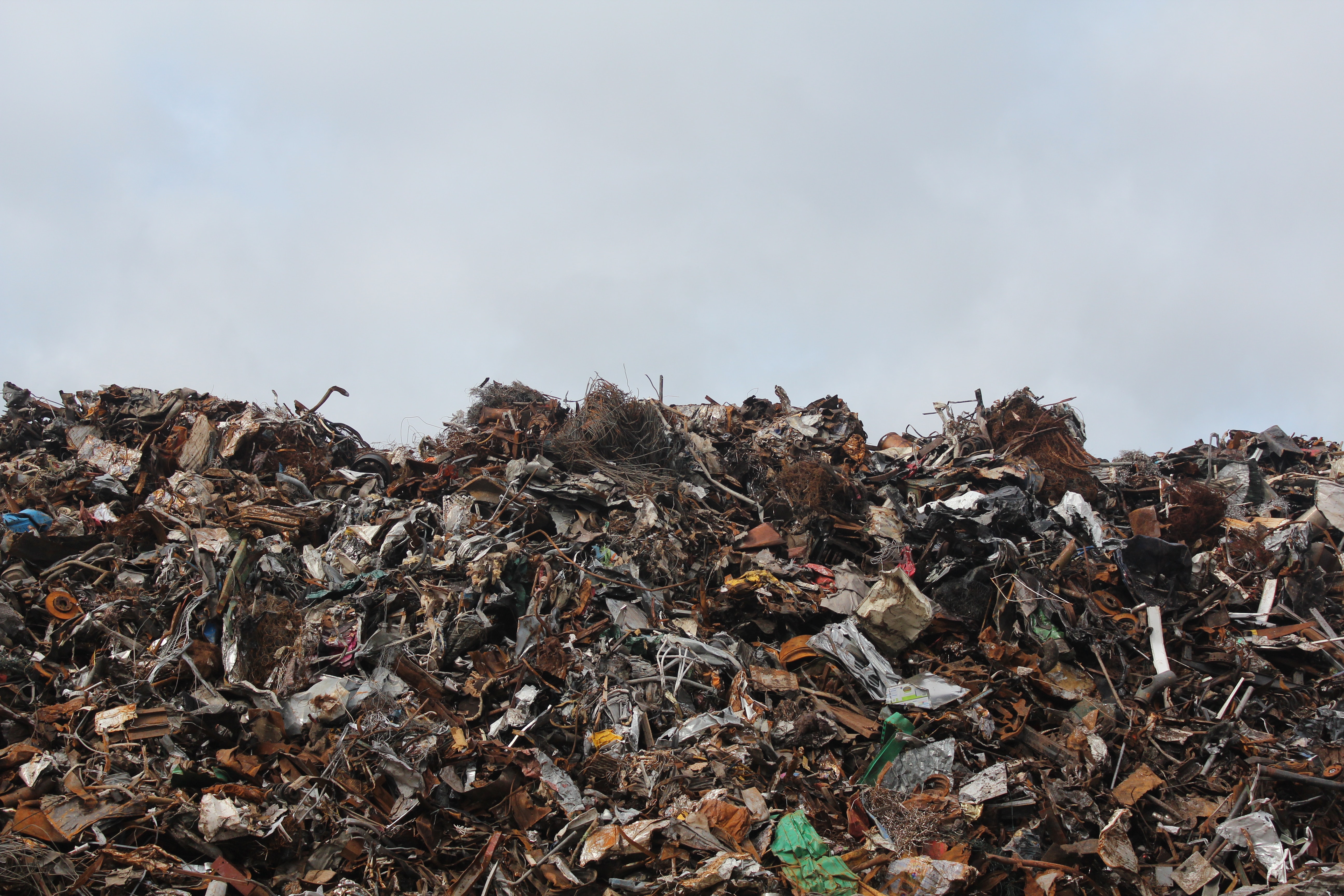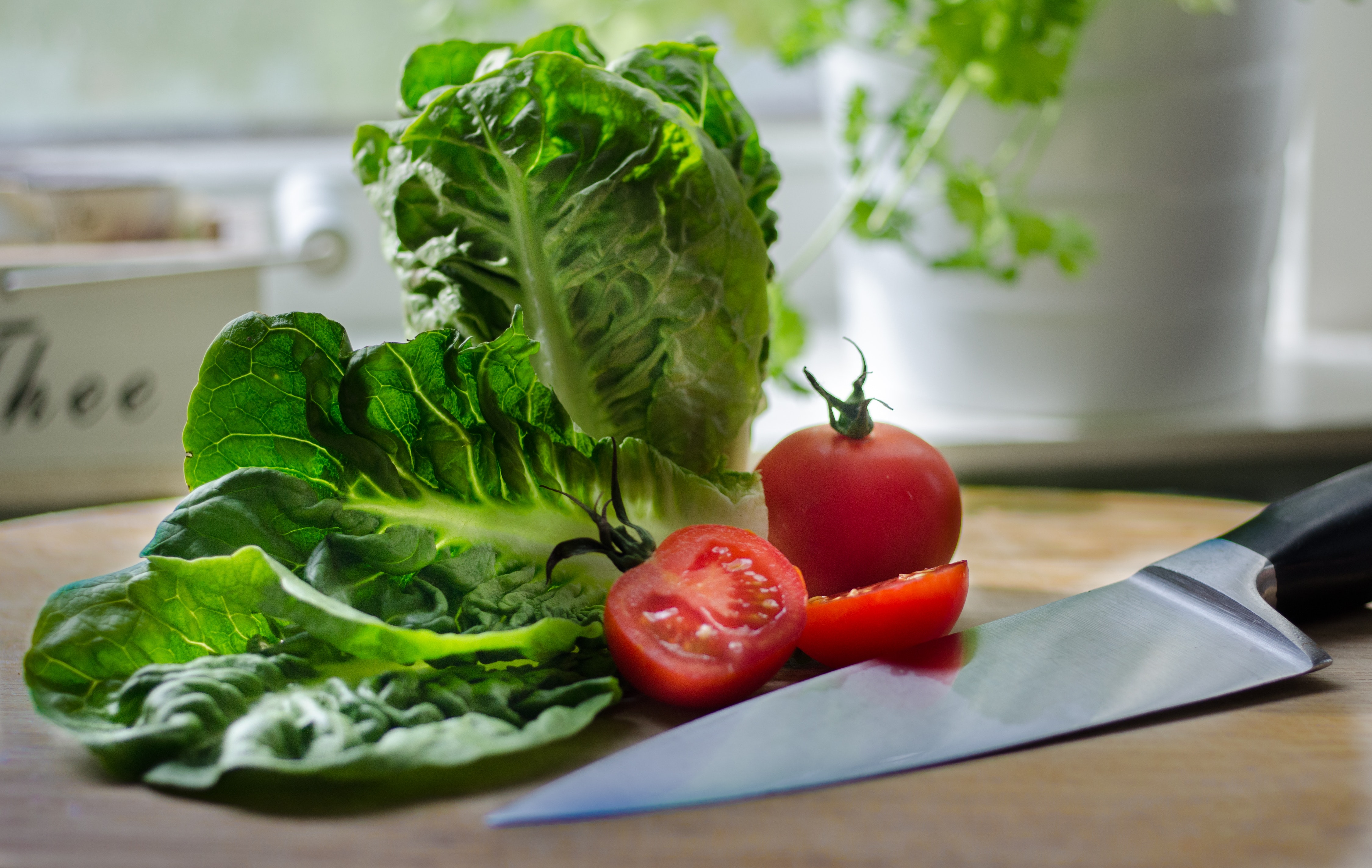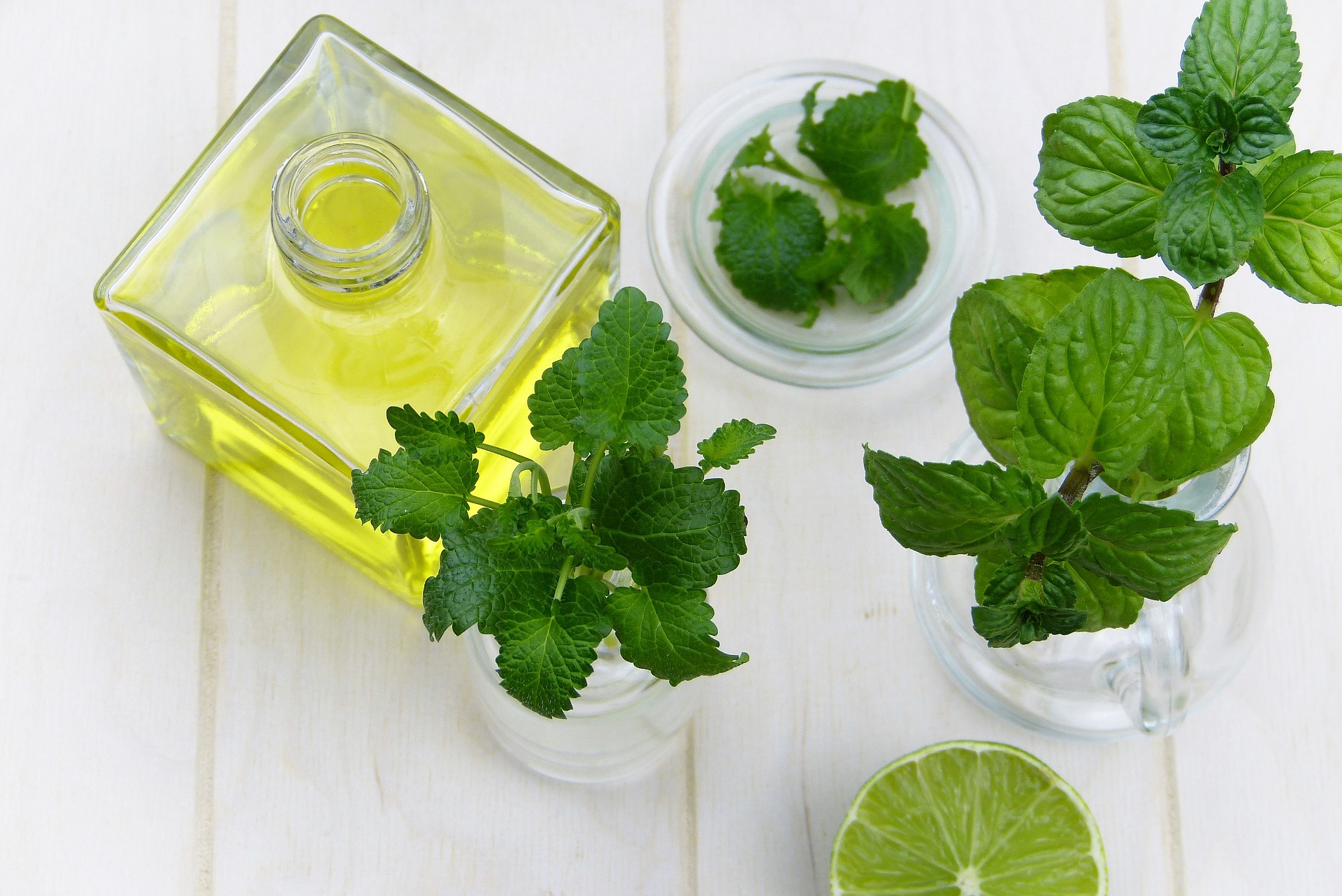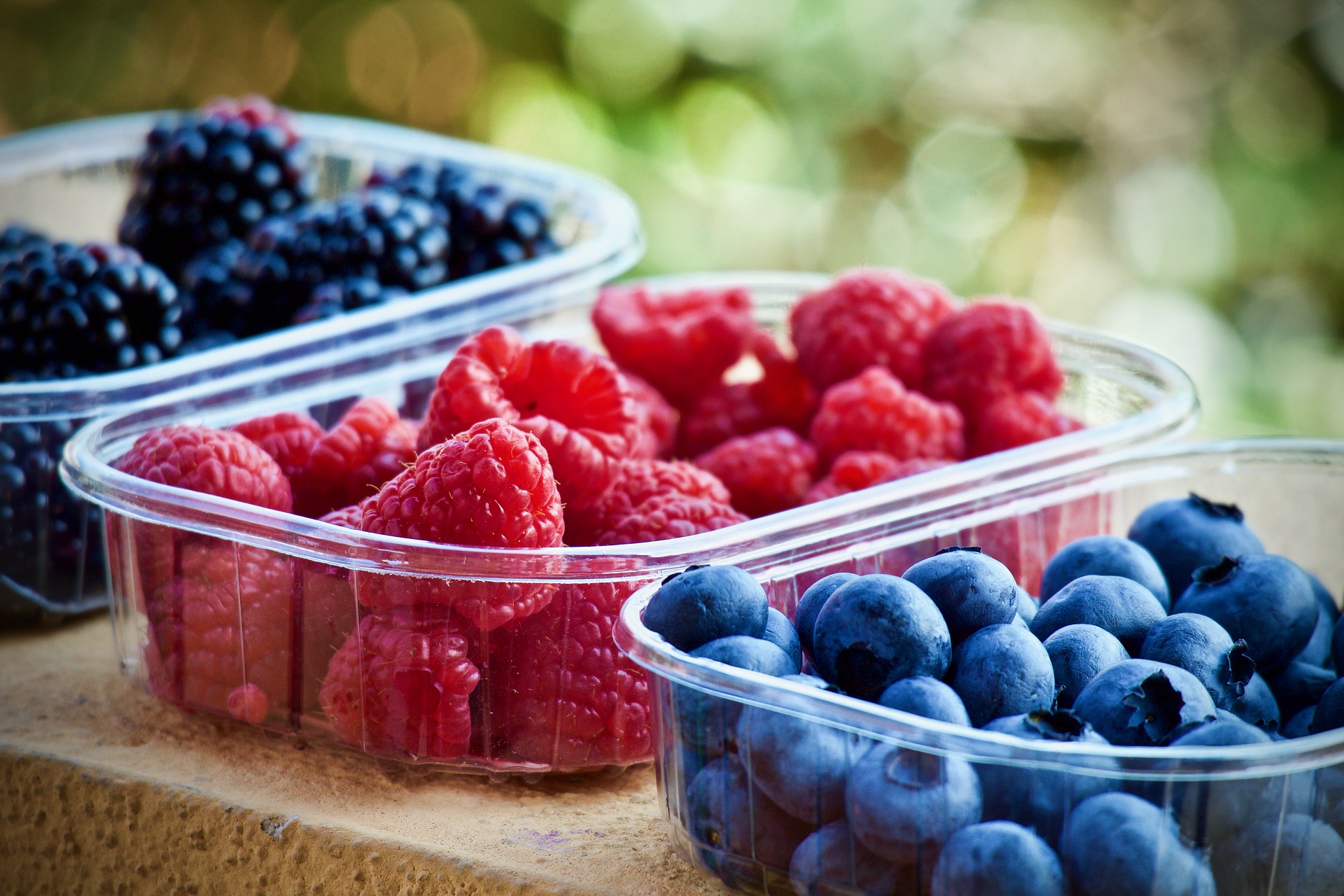
About 150,000 tons of food are thrown away in the U.S. each DAY which is obviously a problem not just for the planet, but for pocketbooks too. If your food has gone bad, that’s food you can’t eat, so it’s food that will most likely be replaced which costs money and energy and the food that’s past its prime is going to take up space in a landfill. Food waste causes a whole host of problems, but if you know how to properly store your food, you can do your part to turn those problems into a thing of the past. Here are some simple tips for storing your food effectivel

Storage basics
Temperature – Most fresh produce prefers humidity and temperatures just above freezing; 38-45 degrees is optimal for things like apples, stone fruits, greens, broccoli and berries. Many tropical fruits, onions, potatoes and tomatoes like even warmer temps (approximately 55-60 degrees), so keep these outside the fridge when they’re whole.
Dirt – Avoid washing or rinsing fruits and vegetables until you are ready to consume. This is especially important for foods like berries that are especially absorbent and already have a high water content. Excess moisture will encourage mold and spoilage.
Airflow – Sealing fruits and vegetables in storage bags and containers can suffocate the food and reduce shelf life. Greens, for instance, can be stored in this manner, but remember to give them some air by choosing a spacious container or keeping the bag or lid slightly ajar. Nobody likes a slimy salad!

Save the produce!
Ethylene-emitting v. ethylene-sensitive
Ethylene is a gaseous plant hormone emitted by many fruits that induce ripening. Not only does ethylene aid in the ripening process of the fruit itself, but any nearby ethylene-sensitive produce. Expedited ripening can be a good thing, but the unfortunate side effect of natural ethylene production is increased spoilage time. For this reason, it is best to keep ethylene-producing foods, which are mostly fruit, away from ethylene-sensitive foods, which are mostly vegetables, in the kitchen and fridge. Ethylene-producing foods include apples, stone fruits, bananas, avocados, tomatoes and melon. Ethylene-sensitive foods include cruciferous vegetables like broccoli, cauliflower and cabbage, cucumbers, greens, carrots and eggplant.
Remember rehydration
After harvesting, we tend to forget that vegetables are actually just edible plants and can often benefit from a drink of water to revive a droopy leaf or stalk. Produce such as fresh herbs, leafy greens, asparagus, and celery will spring back to life after a nice rinse or brief soak.
Freeze if you forget
Knowing how to properly freeze fruit and other produce can go a long way in preserving fresh food you may not get an opportunity to eat right away. This handy guide from The Kitchn breaks it down nicely.

Buy mindfully
We could all benefit from some additional mindfulness while planning meals and shopping for fresh food. Try keeping a running list of the fresh items already available in your kitchen and purchase only what you can reasonably eat before it will go to waste. I often find myself tempted to stock up on all the amazing fresh produce I see, but having a plan in place for how it will get used will not only save money, but is ultimately the responsible thing to do.
If you grow your own food or take part in a local CSA, share what you cannot eat with friends and neighbors. I am the happy beneficiary of extra farm produce just about every summer and it’s a great way to show the love.
Tricks of the trade
Tomatoes
Tomato storage can be tricky. They are grown in the hot sun, but when kept in a cold fridge, a mealy texture and tastelessness can develop. But what do you do with a sliced or chopped tomato you are unable to finish in one sitting? Food safety guidelines recommend refrigerating any uneaten portion, lest you attract bacteria and mold growth. Does this mean sacrificing what we enjoy most about tomatoes? Actually, no. Bringing your cold tomato back to room temperature before eating can help restore flavor and texture. Give it a try!

Herbs
Fresh herbs are one of those foods that often get used in one recipe while the rest is left to wilt in the bottom of the crisper drawer (not that I know anything about that personally…). Storing them like fresh flowers in a glass of water and covering with a loose plastic bag can actually extend the shelf-life of your herbs substantially. Herbs like parsley and cilantro prefer being stored in the refrigerator, while basil is more sensitive to temperature and does better out on the counter. Herbs can also be chopped and frozen in oil in an ice tray to add fresh flavor to a future skillet meal.
Berries
As previously mentioned, berries are particularly susceptible to mold, as they are porous and contain quite a bit of water naturally. Exposing your fresh berries to additional moisture can cause them to spoil prematurely. Instead, rinse just the amount you intend to eat immediately and keep the rest dirty. Storing in a slightly open container with a couple of dry paper towels can also help extend the shelf-life of berries.

Greens
Keep your greens fresher longer by buying local and then storing properly. Buying local means less time on trucks and in coolers before your food finally arrives on your plate. And this investigation of storage methods found storing your tender lettuce leaves in a large, hard-sided container with paper towels worked the best to protect the freshness of the greens for 10 days.
So practice better food stewardship by mindfully buying and storing your fresh produce this summer. And then check out this handy guide from NCG for even more useful info when it comes to storing your produce year-round.
